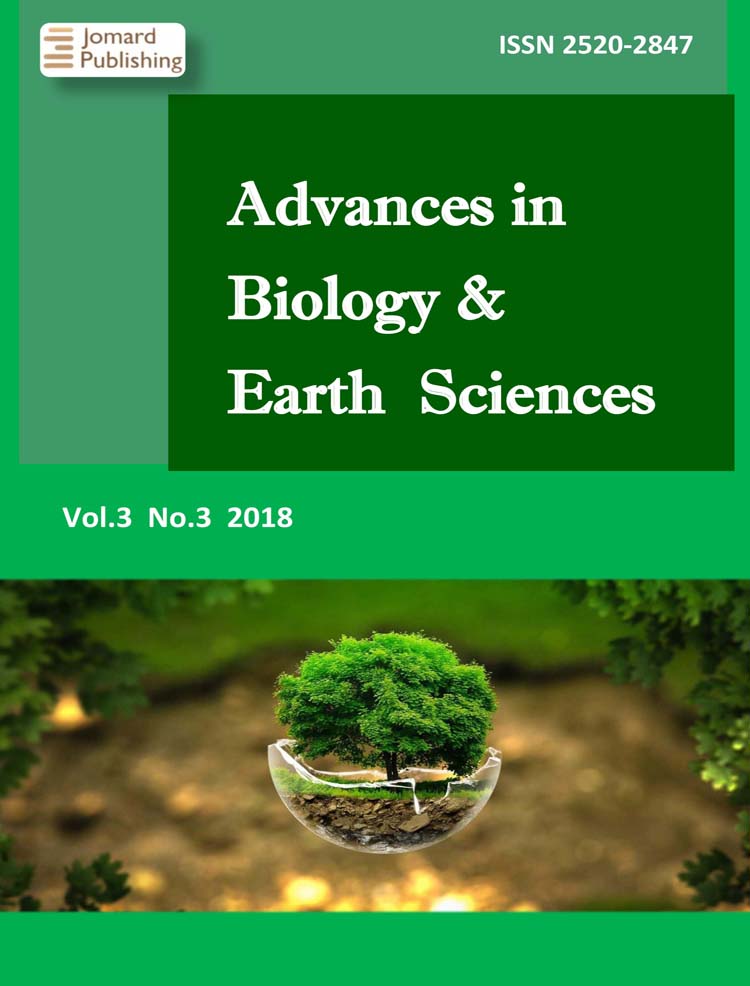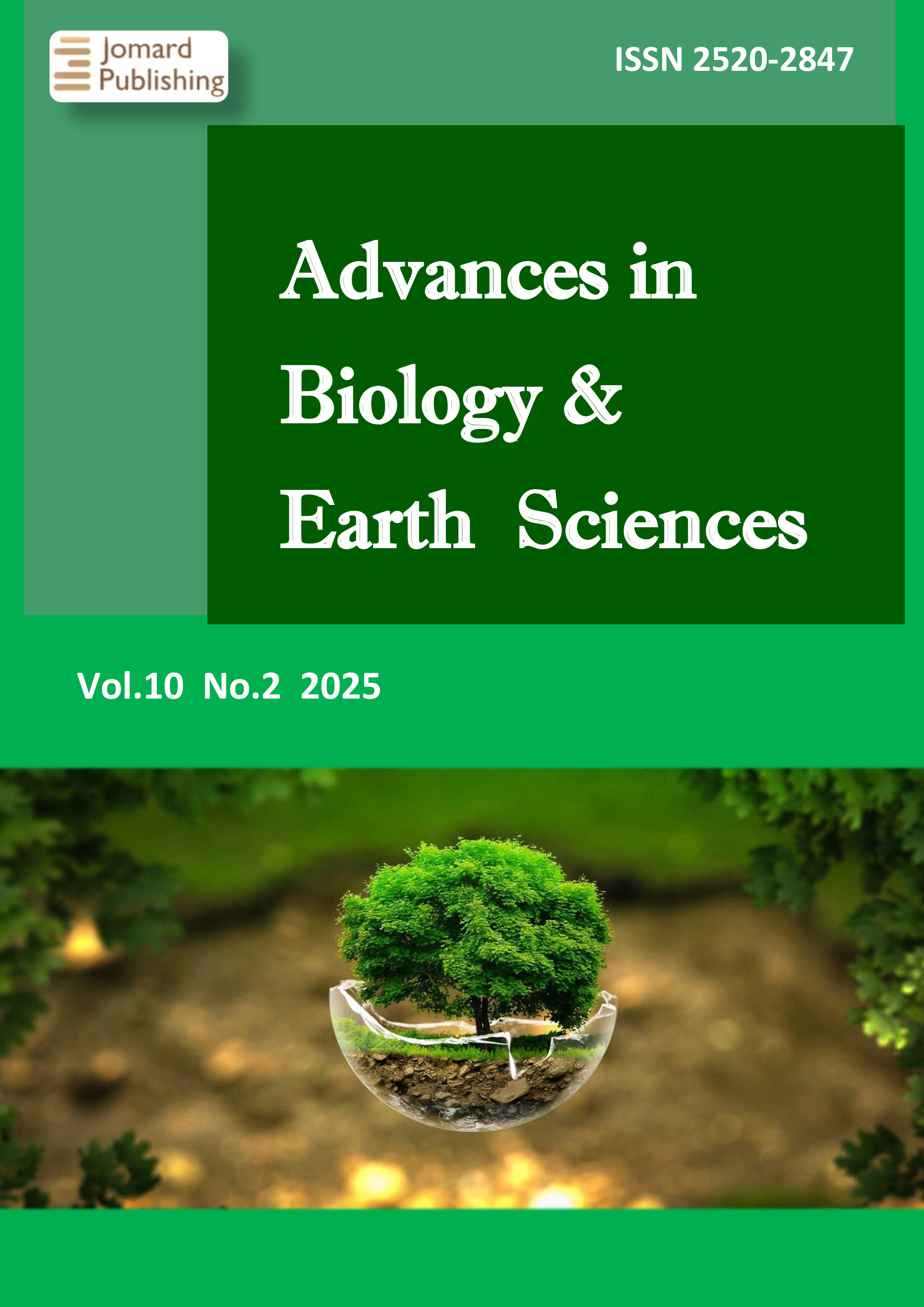Monitoring of Birds in the Vicinity of the Sangachal Terminal
- Published: 05-08-2025
Share
Due to the reduction in the number of birds in Azerbaijan in recent years, environmental monitoring of each species is an extremely important and pressing issue. The study of birds in Gobustan encompasses the historical context, a description of the environment around the Sangachal Terminal, the impact of anthropogenic changes in biotopes and landscapes on birds and the long-term dynamics of both quantitative and qualitative changes in bird populations. Despite the diversity of biotopes in the area, modified halophytic semi-desert constitutes 63.1% of the main habitat, while anthropogenically transformed areas make up only 15%. Populations are categorized based on their dietary habits into three groups: phytophagous, zoophagous and polyphagous. This classification is based on the principle that objects constituting up to 75% of the population's annual diet indicate its dietary characteristics. The sources of food should encompass at least five indicators: from the ground, water, trees, shrubs and air. Based on settlement characteristics, populations include 21 resident species, 30 breeding visitors, 35 winter visitors, 25 foraging species and 59 migratory species. The predominance of migrants (37.4%) can be attributed to the Sangachal Terminal area's role as a corridor for breeding birds from the Palearctic zoogeographical province. The area around the terminal provides favorable conditions for preserving the populations of species such as the greater sandplover Charadrius leschenaulti, black-bellied sandgrouse Pterocles orientalis and Hippolais caligata at the national level in Azerbaijan. A multi-parameter bio-ecological assessment helps determine the viability of each population. Sangachal is a suitable place for studying bird migration in Azerbaijan. Tracking the migration of birds from Sangachal to Umbaki, as well as from Sangachal to Shamakhi road, reveals many secrets. The Sangachal Terminal is a corridor for migrating birds along the western coast of the Caspian Sea. While much of the area farther from the terminal consists of modified semi-desert and saline soils, the immediate vicinity of the terminal includes diverse habitats such as coastal areas, wetland floodplains, grassy zones and industrial biotopes, providing birds with opportunities for reproduction, overwintering, feeding, roosting, protection and migration.
- View 656
- Downloads 96
- Saveds 0
- Citations (Crossref) 0


